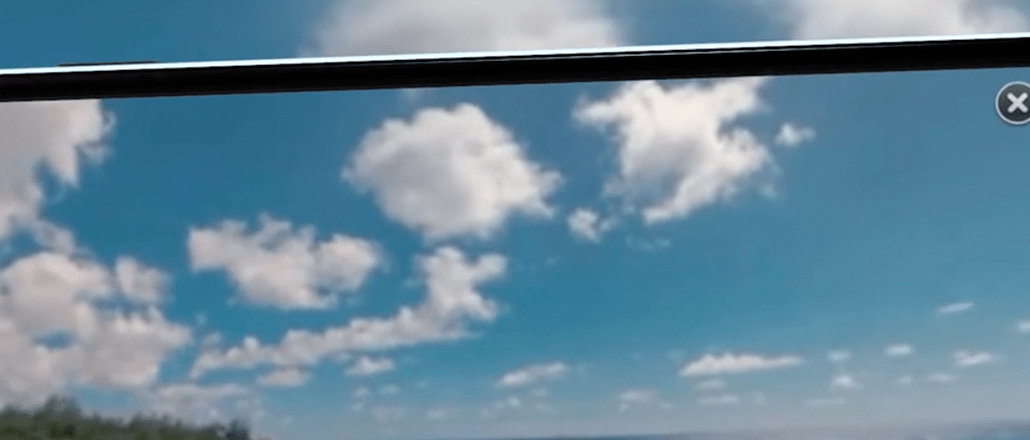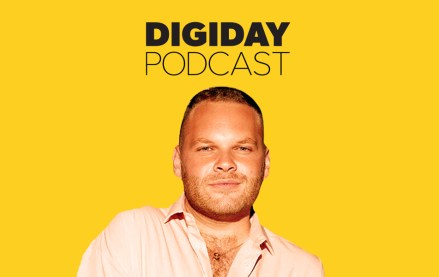Connect with execs from The New York Times, TIME, Dotdash Meredith and many more
How Hilton is using VR cousins like 360° video to reach “Destination: Inspiration”

Hilton Worldwide is doing what hospitality advertisers have attempted for decades: It’s giving consumers a real feel for an exotic location as they consider booking – and driving reservations with immersive ad experiences. The technology at the heart of this new approach? Virtual reality.
In one module dubbed “Destination: Inspiration,” viewers are dropped at Hilton Barbados Resort, a hotel framed in the voiceover as both a destination and a beachhead for setting off on local adventures. Viewers can navigate sea caves, gaze across expansive beaches from a guest room balcony and set out on a jungle walk. While guided, the experiences are self-selected, giving the viewer more agency than a traditional 30-second spot.
Does this mean VR and its close cousin, 360-degree video, finally have a place in the marketing mix? Geraldine Calpin, chief marketing officer at Hilton Worldwide, spoke with Digiday about the opportunity the hospitality brand sees in virtual.
We always hear that VR is “almost here” or “about to go mainstream.” From a tech perspective, what made you feel like the time was right to build an immersive campaign?
The market for virtual reality and 360-degree video really exploded in the last year. The technology is a natural fit for Hilton’s brands because hospitality is about an experience. There’s no comparable technology that allows you to translate the experience we offer to a consumer from a distance. We want it to both allow guests to plan their next trip and drive them to book.
Was that insight, the idea that hospitality is about experience, what led you to VR?
We know that visualization plays a major role in our guests’ decision-making process. Virtual reality takes that experience of visualization to a new level. While visualization may have been limited to a hotel’s website or social media channels in the past, virtual reality videos let guests immerse themselves in our hotels and surroundings before they ever step foot in the lobby.
Virtual reality hardware still isn’t widespread. Were you concerned at all about how many consumers would own the tech needed to support these videos?
Not at all. Immersive video can be viewed through devices such as Google Cardboard or Gear VR, but it’s also still appealing to consumers who are only able to view it from their desktop or mobile device.
OK, some of those devices are more common, but did you do anything special to get these first VR experiences into the hands of more consumers?
In March of this year, we surprised passersby on the streets of New York City with an interactive viewfinder that featured the Hilton Hotels & Resorts 360-degree video as well as street teams who passed out Gear VR headsets to get people in the vacation-planning mindset. This activation was so successful that we also brought Gear VR headsets to the Mom 2.0 Summit and Travel Blog Exchange conferences to show viewers our Embassy Suites by Hilton hotels.
We also engaged OMD and Opera Mediaworks to launch a mobile campaign in March promoting the video. We sought out advertising partners that would provide us with access to mobile in-app audiences and could execute a targeted ad campaign at the scale we needed.
The native audience for VR is usually young and tech-oriented, but is that the natural audience for hotel and resort packages?
We targeted different audiences for each video. For Hilton Hotels & Resorts, our target audience was high-end leisure travelers ages 25-54 who are digitally savvy and frequently use mobile apps. For Embassy Suites by Hilton, we developed content to connect with moms and family travelers.
Is this a campaign about raising brand awareness among those specific groups, or are you aiming to drive bookings in these specific locations?
The end card of the video features a “Book Now” button so that if viewers are inspired to book their next trip, they can do so in that moment. But we also wanted to create a fully immersive experience of our most beautiful hotels so users can book their own dream trip. When they click the “book” button, they are prompted to enter their dream destination, which will then pull up matching hotels via Hilton.com’s reservation system.
By providing these truly immersive, virtual experiences, are you giving too much away? Why should consumers still book?
No matter how beautiful or immersive our videos are, there is nothing like experiencing the real thing. At Hilton, it’s our mission to be the most hospitable company in the world. Hilton has proudly welcomed the world’s travelers for nearly a century, and we continue to be driven by our mission and passion to create exceptional experiences for our guests no matter where their travels may take them.
More from Digiday

In Graphic Detail: Inside the state of the creator economy industrial complex
The creator economy might have started out as an alternative to traditional media, but is becoming more and more like it as it professionalizes.

Ad Tech Briefing: How ad tech underpins the fate of Madison Avenue’s ‘Wedding of the Year’
The ‘brand safety’ debate is threatening to derail the IPG-Omnicom merger, while questions are raised on the integration of Annalect and Acxiom.

‘Embrace your chaos’: How creator Brandon Edelman is trying to plan for the future
While creators are now key to marketing budgets, their longevity in the fast-paced digital world is a pressing concern. This episode explores how TikToker Brandon Edelman is navigating that challenge, building a sustainable career by diversifying his content and focusing on brand partnerships.





